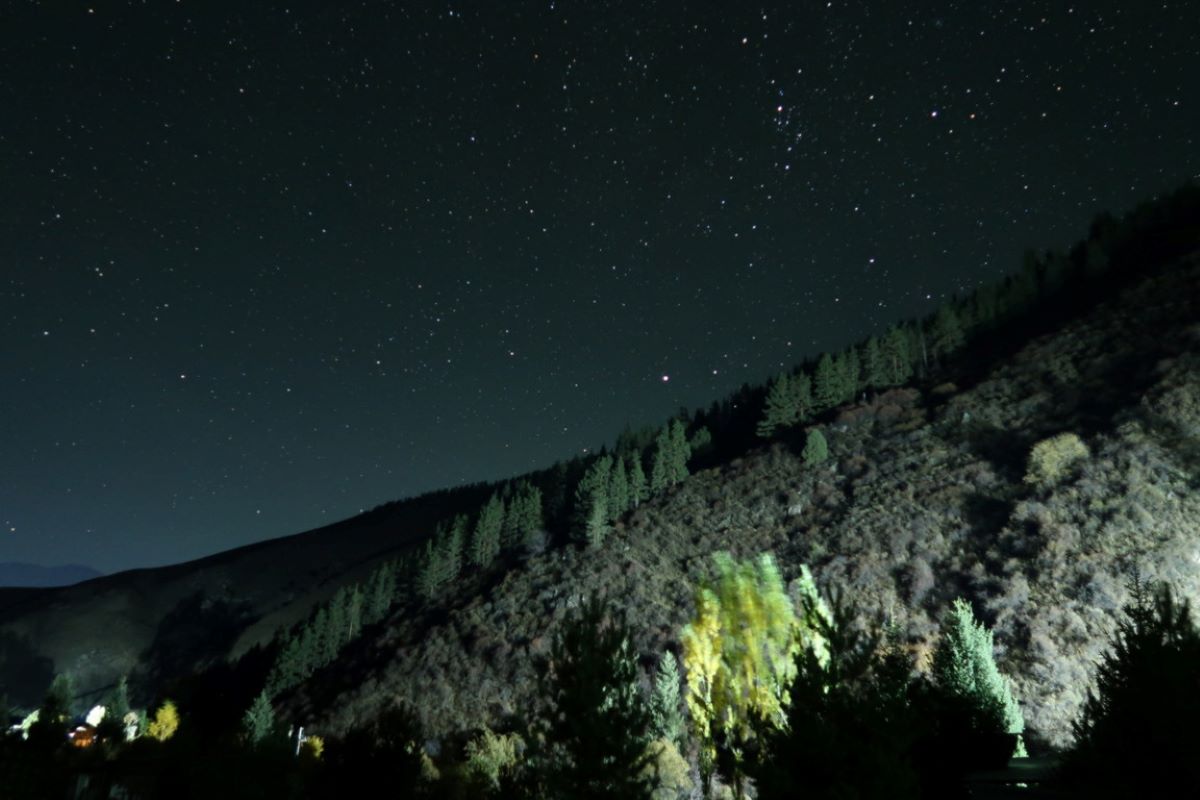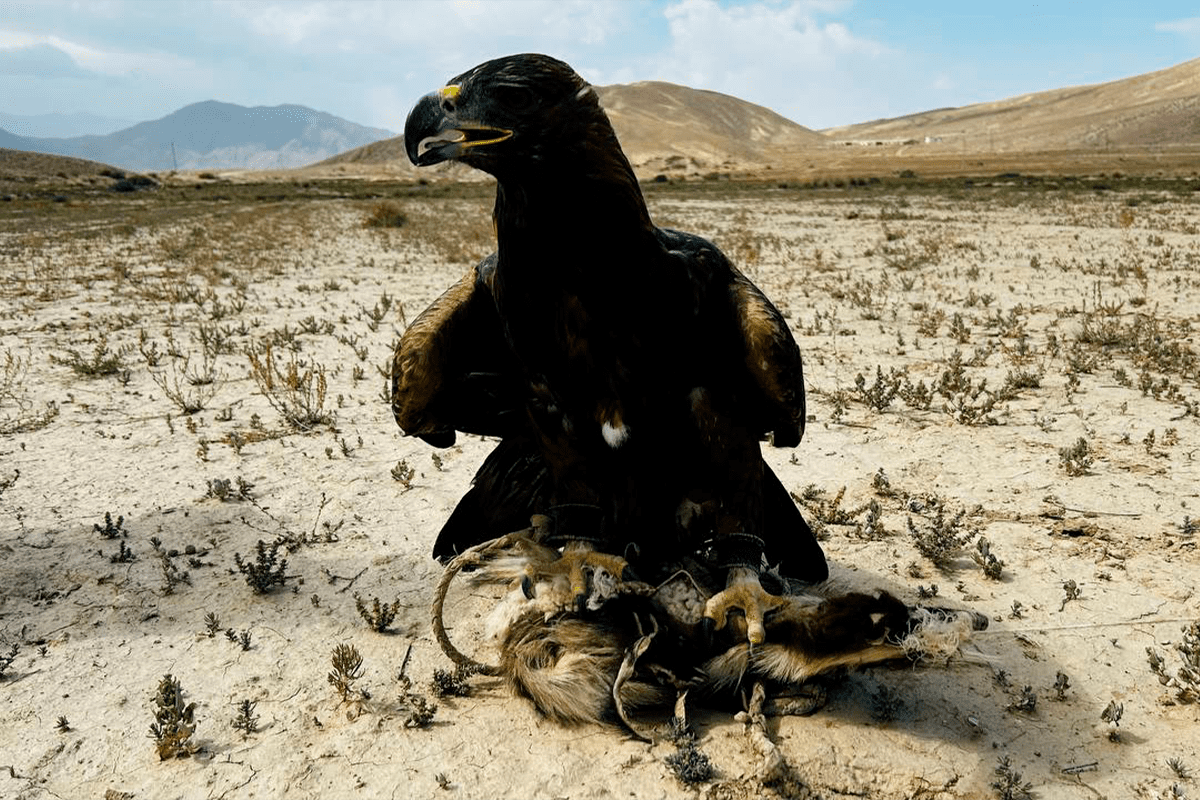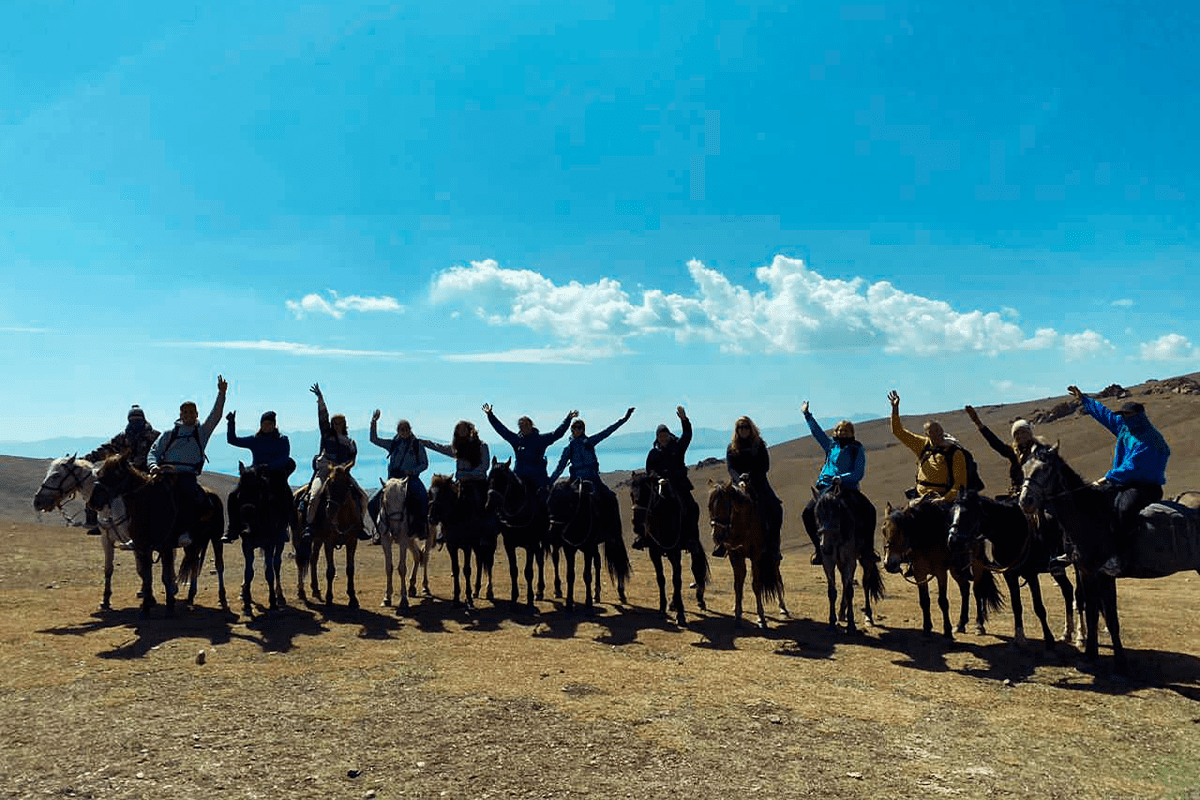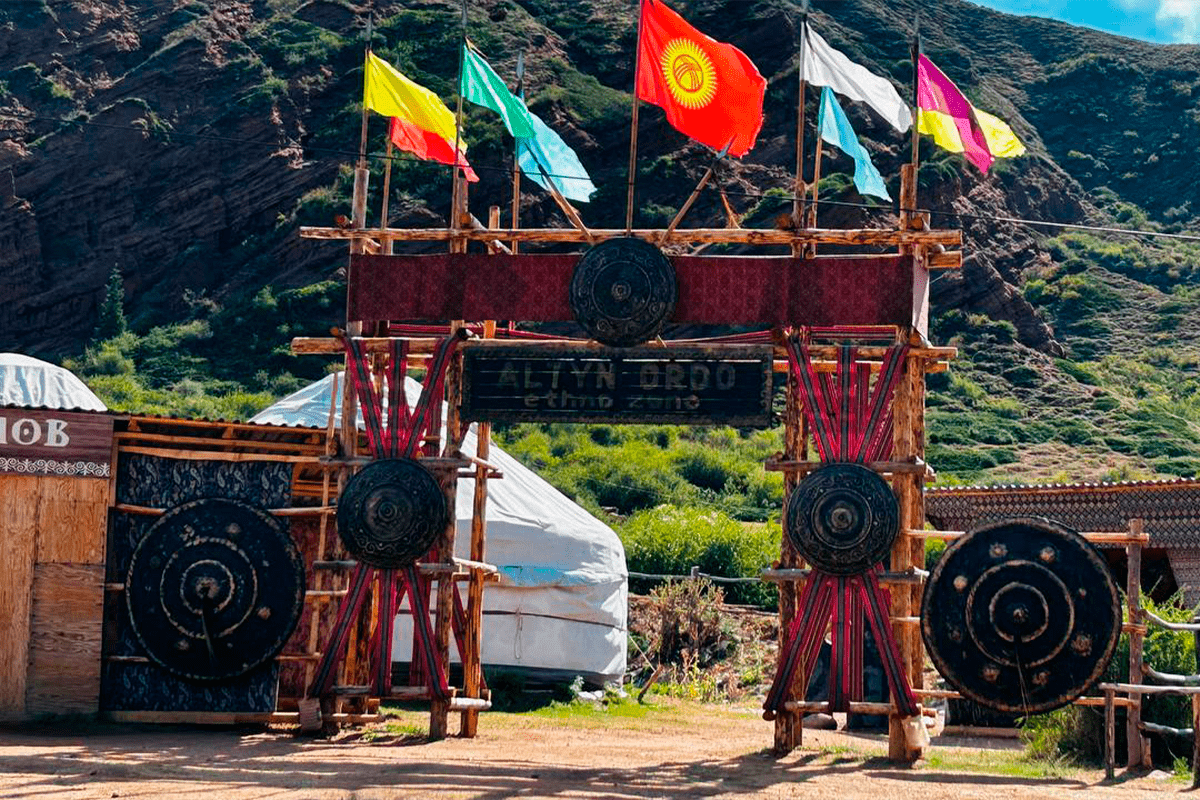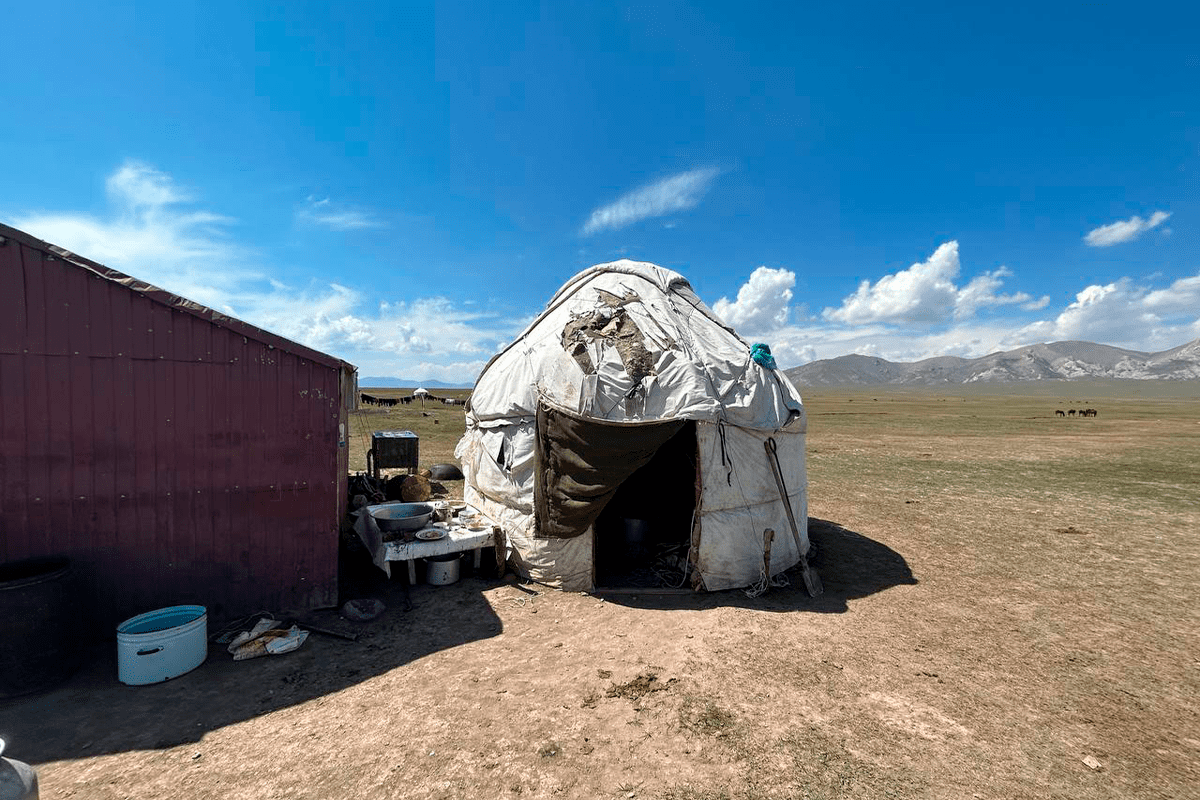Shah Fazil Mausoleum is a unique monument of Central Asian architecture dating from the 10th-12th century AD, the period of the Callaghan dynasty. The mausoleum is located in the village of Gulistan near the town of Kerben in the Jalal Abad region of Kyrgyzstan. It is included in UNESCO’s list of cultural heritage sites. In general, Shah-Fazil is an ethno-cultural complex with many attractions. In addition to the Shah-Fazil Mausoleum, there is the Holy Mountain Archa-Mazar, the Alamberdar Mausoleum, the Cave of the Holy Hermits, the execution site of 2700 Muslim soldiers, a 17th century mosque, vertical stones and the 19th century Safed-Buran Mausoleum. As can be seen from the large number of sights in such a small area, the region has been considered a special place for the inhabitants of the Fergana Valley since ancient times. The oldest monuments are hollow stone monuments dating back to pre-Islamic and pagan phallic worship, which spread throughout the territory of Central Asia and was closely associated with the Turkic religion Tengricism. This belief was widespread among the Kyrgyz, as well as Bashkirs, Kalmyks, Huns and other Siberian-Altaic peoples. This is the only remaining phallic monument in Central Asia. The area was later inhabited by the Karahan dynasty. The buildings of the Shah Fazil Complex and Burana Tower are very similar and are said to date from the 11th-12th centuries. The mausoleum is square with a pyramidal dome. The walls of the mausoleum are covered with decorative groove carvings. Originally built as an imperial burial chamber for members of the karakhanid dynasty, the mausoleum was later associated with an important turning point in the Islamization of the region. During prayers, Zoroastrians killed 2,700 Arab soldiers tasked with spreading Islam. Along with them, the leader of the operation, Shah Jalil, who was associated with the family of the Prophet Muhammad, was also killed. One of the Shah’s wives survived and legend has it that it was she who washed and buried the bodies. Because of this experience, the dark-skinned Arab became a holy person and was called Safed Burhan or the ‘White Woman’. Shah Jalil’s mission was taken over by Shah Fazil, who finally established Islam in the northern part of the Fergana Valley. She was buried in the Kalahanli mausoleum, which was later renamed Shah Fazil’s mausoleum. Events that took place at these sites include the remaining buildings of the complex. The Alamberdar Mausoleum was built in honor of the standard bearer of the Arab Army, and the Safed Bran Mausoleum was built in honor of Shah Jalil’s wife. Only women are allowed to enter the Safed Bran Mausoleum. Shah Fazil Mausoleum has been a place of pilgrimage for Muslims in the Fergana Valley for centuries and continues to be so today.
